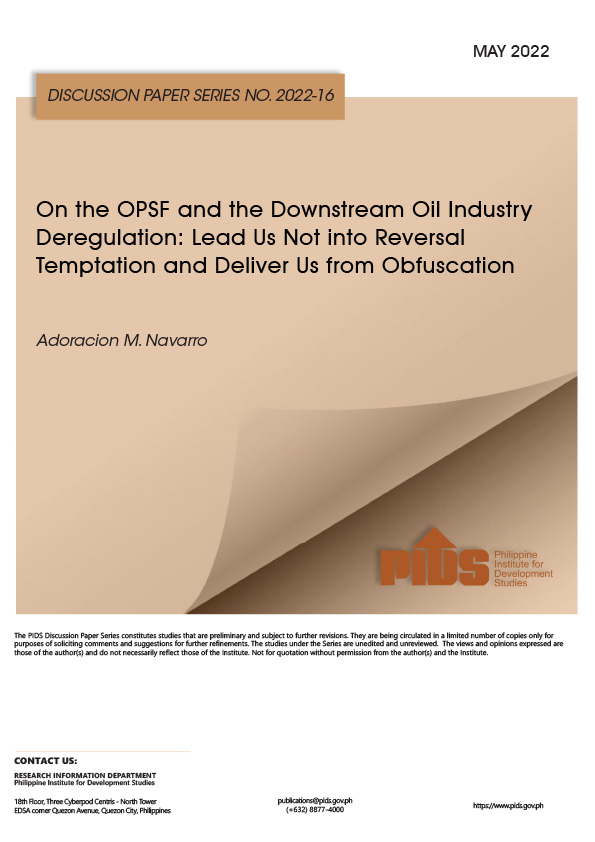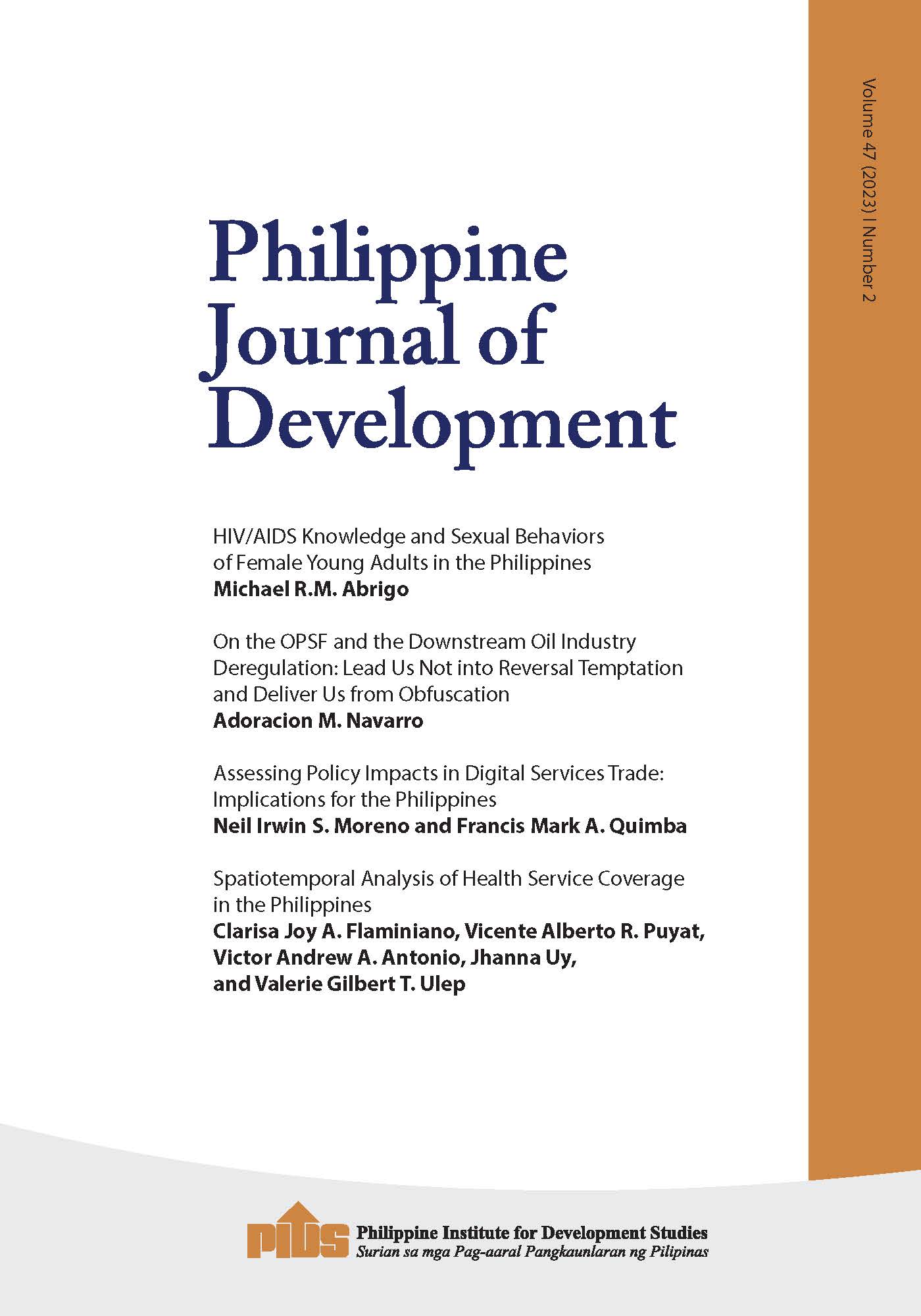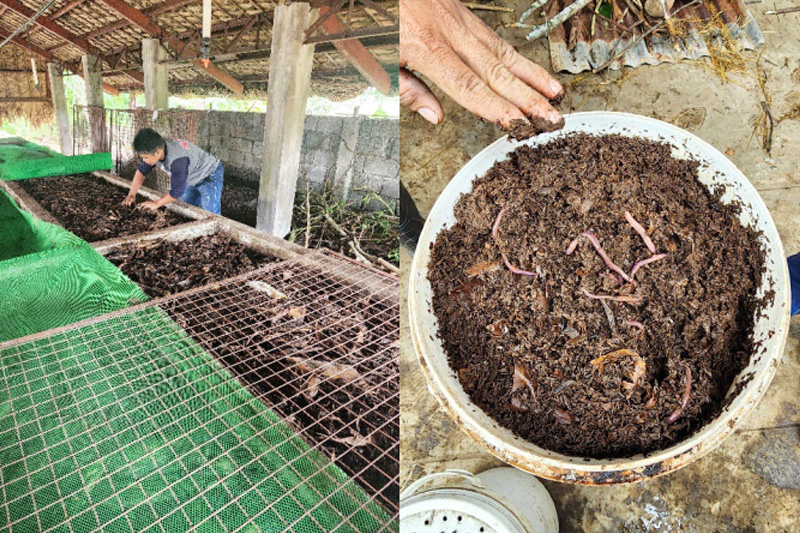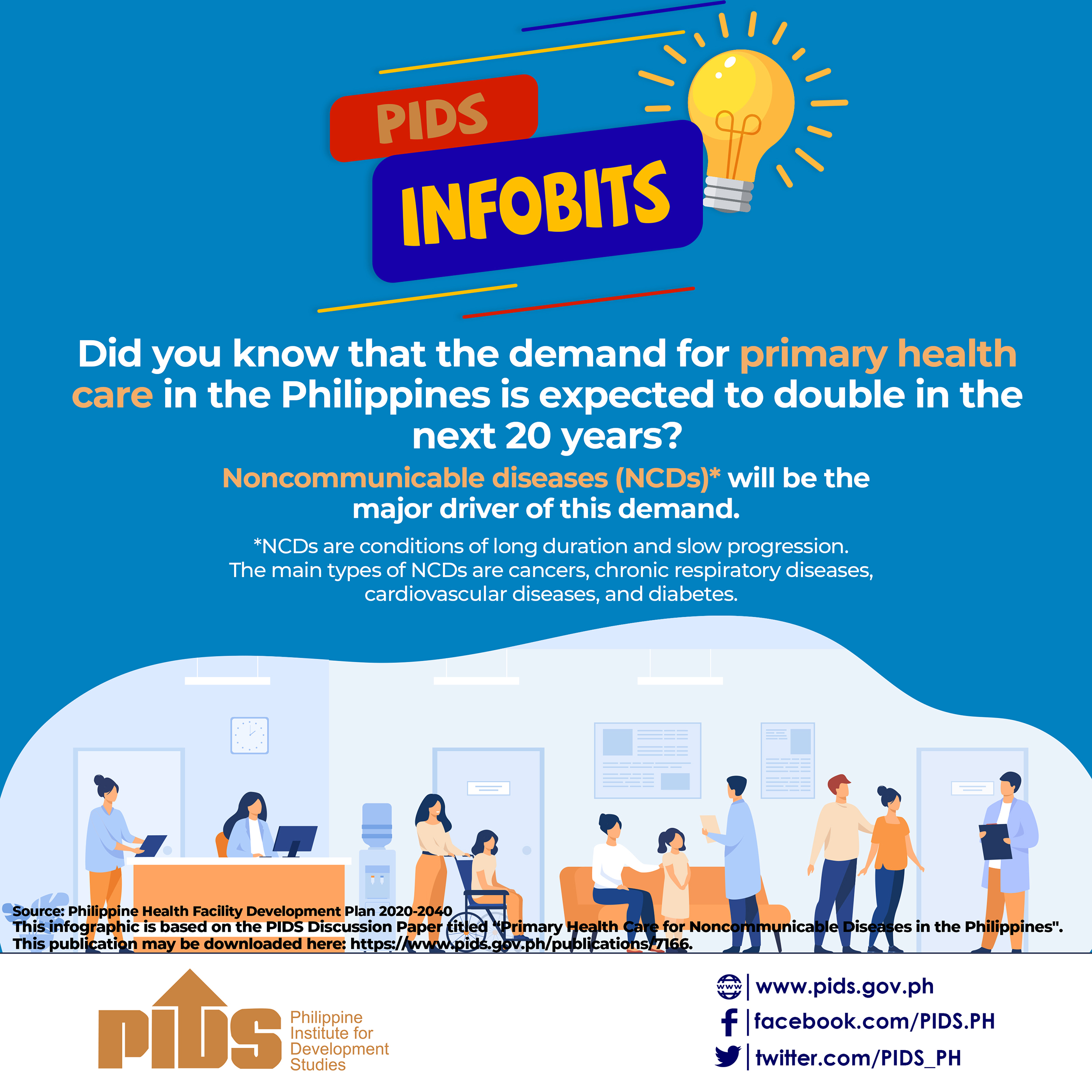Subsidies by the national government to government-owned and controlled corporations (GOCCs) rose 15.33 percent in the first quarter of 2025 from a year earlier, data released by the Bureau of the Treasury (BTr) showed.
Data posted on the BTr website as of Sunday showed subsidy support to state-run corporations in January to March amounted to P22.58 billion, compared with P19.58 billion in the first quarter of 2024.
GOCCs which received the biggest share of subsidies,
and the only billionaire recipients for the period, were the National Irrigation Administration (NIA), with P8.034 billion, the National Food Authority (NFA) and the Philippine Crop Insurance Corp. (PCIC), with P2.25 billion each, the Bases Conversion and Development Authority (BCDA), with P1.939 billion, and the National Housing Authority (NHA), with P1.346 billion.
In March alone, government subsidies to state-run corporations surged 54.69 percent to P10.63 billion from P6.872 billion a year earlier.
NIA also accounted for the largest chunk of P3.794 billion of subsidy in March, followed by PCIC, with P2.25 billion and NHA, P1.346 billion.
John Paolo Rivera, a senior research fellow from the Philippine Institute for Development Studies, said the increase in corporate subsidies reflected the government’s priority at a time when inclusive growth was the emphasis when it came to public service and infrastructure support.
This was quite visible in the surge recorded in March, Rivera said.
“The significant allocation to NIA suggests a push to strengthen the agriculture and irrigation sectors amid persistent food security concerns and the effects of climate disruptions,” he said.
“PCIC and NHA, also among top recipients, signal the government’s continued focus on risk mitigation for farmers and access to affordable housing, both of which are aligned with social protection and resilience-building objectives,” Rivera added.
Rivera, however, said the fiscal implication of higher subsidies is that it could pressure the national budget if not matched by spending efficiency.
“Moving forward, it’s important that these subsidies translate to measurable outcomes, particularly in improving productivity, reducing vulnerabilities and supporting economic resilience in underserved communities,” Rivera said.
A chief economist from Rizal Commercial Banking Corp., Michael Ricafort, said the higher GOCC subsidies also indicates the government intends to boost the agricultural sector’s output and productivity.
More financial support to mass housing and “affordable projects is also part of the subsidies to help reduce the housing backlog of more than six million units,” Ricafort said, referring to the NHA’s P1.346-billion subsidy.







